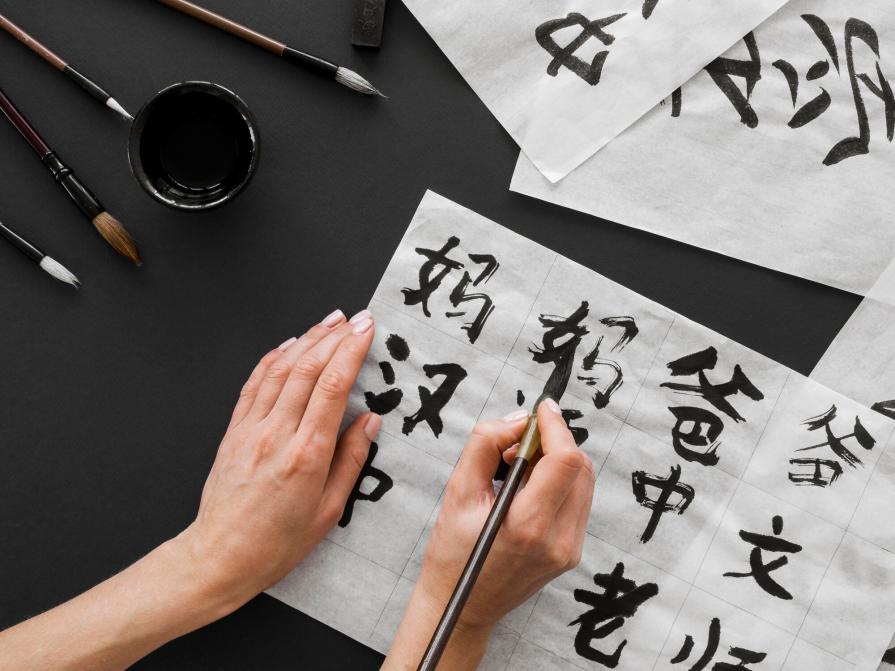The Chinese still continue to use hieroglyphs — many people think that by 2025 it would be possible to develop a more convenient script. But why doesn't China want to abandon hieroglyphs? Why is it such an important part of their culture?
Chinese Simplification
The Chinese character system appeared in the Shang era (1600-1046 BC) and developed over thousands of years. The Chinese put a special meaning into each sign - so, continuing to use hieroglyphs to this day, the inhabitants of China honor the heritage of their ancestors.
In the 20th century, the country's government discussed the idea of replacing hieroglyphs with a regular alphabet, in 1956 even a reform of simplified hieroglyphs was adopted, which greatly facilitated the process of memorizing and writing them. But the government did not manage to completely create a new alphabet: by simplifying Chinese, not only hieroglyphs changed, but also the whole culture embedded in each line of each sign.
In addition, if the authorities were still able to simplify the Chinese language, then the country would lose its identity and authority. After all, China has been and remains one of the most influential states, so it is simply ridiculous to "adapt" to the Europeans so that it is easier to read and write hieroglyphs. Traditions are important for the Chinese, and it is not in their morals to change what is valuable to them.

The inhabitants of China themselves and those who speak Chinese write perfectly in it. Although there is almost never a Chinese layout on the keyboard, every Chinese person has an extension installed on their smartphone, converting Latin letters into hieroglyphs.
Chinese is spoken by 1.4 billion people in different parts of the world. It is important for people to read the same text, discuss it, and start a casual conversation.
Do the Japanese want to abandon hieroglyphs?
Japanese is in many ways easier to learn than Chinese. The Japanese script uses kanji and two syllabaries, hiragana and katakana. The Japanese can write down a word without using hieroglyphs.
From childhood, the Japanese learn fewer hieroglyphs than Chinese children: for competent communication, the Japanese need only know about 3000 kanji, while in Chinese it is necessary to know twice as many characters.
The Japanese can also use simplified characters in correspondence to write letters faster. But for the most part, all books are written in classic kanji, unchanged, in which Japanese rulers and writers once wrote documents and works. But the Chinese for the most part use only simplified characters, but they resist any further simplification and "modernization".











